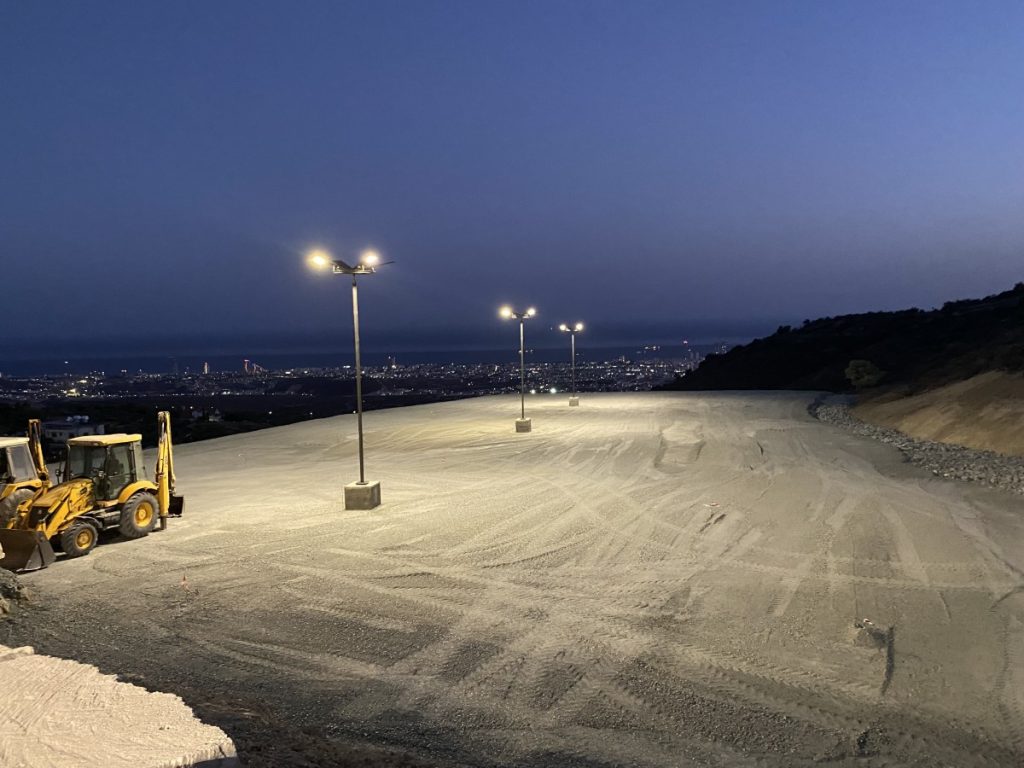
Let us quickly list what we consider to be the ten major advantages of installing solar lights.
We hope this will be helpful in convincing you that you have made the right choice, or in silencing the opposing forces.
- Reduction of energy bills: Solar lights do not require electricity from the grid, which means you will not have to pay for electricity to power your lighting.
- Reduction of greenhouse gas emissions: Solar lights do not produce greenhouse gas, which makes them a clean and sustainable energy source.
- Contribution to the use of renewable energy: Solar lights use the sun as an energy source, which is a renewable and sustainable energy source.
- Long lifespan: Solar lights have a long lifespan, with some models estimated to last for up to 20 years or more.
- Maintenance free: Solar lights do not have bulbs or parts that need to be replaced, which can save you time and money.
- Easy installation and relocation: Solar lights do not require any wiring or electrical work, which makes them easy to install and relocate.
- High safety: Solar lights do not have live electrical components, which means they do not pose any risk of electrical fires or shock.
- Providing the light in disaster:Even in the event of a disaster that ruins the power transmission system, solar lights provide lighting at no cost.
- Increase crime deterrence: Outdoor lighting can be an effective way to reduce the risk of crime, and solar lights are a convenient and sustainable way to provide this lighting.
- Increase property value:Installing solar lights can increase the value of a home by making it more attractive to potential buyers.
1. Reduction of energy bills
One of the main benefits of using solar lights is by far the cost savings.
With the trend of rising electricity and fuel costs becoming more and more apparent, this is what most people are interested in.
Using the sun’s energy for lighting can significantly reduce utility costs. It is absolutely amazing to be able to harness the virtually limitless energy that the sun gives us.
Can you answer how much money you will save on your electricity bill?
100%! There is no other type of lighting out there.
In addition, solar lights require no ongoing maintenance or replacement of bulbs and batteries, further reducing costs. While the initial investment in solar lights may be higher than traditional electric lighting, the long-term savings can be substantial.
Using solar lights also helps to reduce your carbon footprint as they do not emit greenhouse gases. This is particularly important if you want to reduce your environmental impact and live a more sustainable lifestyle.
As well as saving you money, not having to pay for electricity gives you peace of mind as you don’t have to worry about your lights going out in the event of a power cut. Solar lights are a reliable, off-grid lighting solution that can provide stable brightness even in critical situations when the power grid is disrupted by a disaster.
As mentioned at the beginning of this article, the point about saving electricity is very basic and clear, and you probably know it.
I can hear you saying, “I know that!”
To understand the many benefits and attractions of solar lighting, read on below.
2. Reduction of greenhouse gas emissions
Greenhouse gases such as carbon dioxide, methane and water vapour trap heat in the Earth’s atmosphere and contribute to global warming. The burning of fossil fuels such as oil, coal and natural gas is a major source of greenhouse gas emissions, especially carbon dioxide.
Below is a graph from the Japan Meteorological Agency website that organises the types of greenhouse gases. It shows that carbon dioxide from fossil fuels accounts for 2/3 of all greenhouse gases.

The use of solar lights can significantly reduce carbon dioxide and greenhouse gas emissions. This is because solar lights do not require electricity from the grid. Commercial electricity from the grid is usually generated using fossil fuels such as oil or natural gas, which produce greenhouse gases when electricity is generated.
Solar lights, on the other hand, use energy from the sun, a renewable and clean source of energy, reducing greenhouse gas emissions.
Can you answer how much it reduces greenhouse gas emissions?
100%! There is no other lighting system like it.
In addition to reducing greenhouse gas emissions, using sunlight can help prevent air pollution and improve the global environment. By relying on a clean energy source, sunlight helps to reduce the amount of carbon dioxide released into the atmosphere.
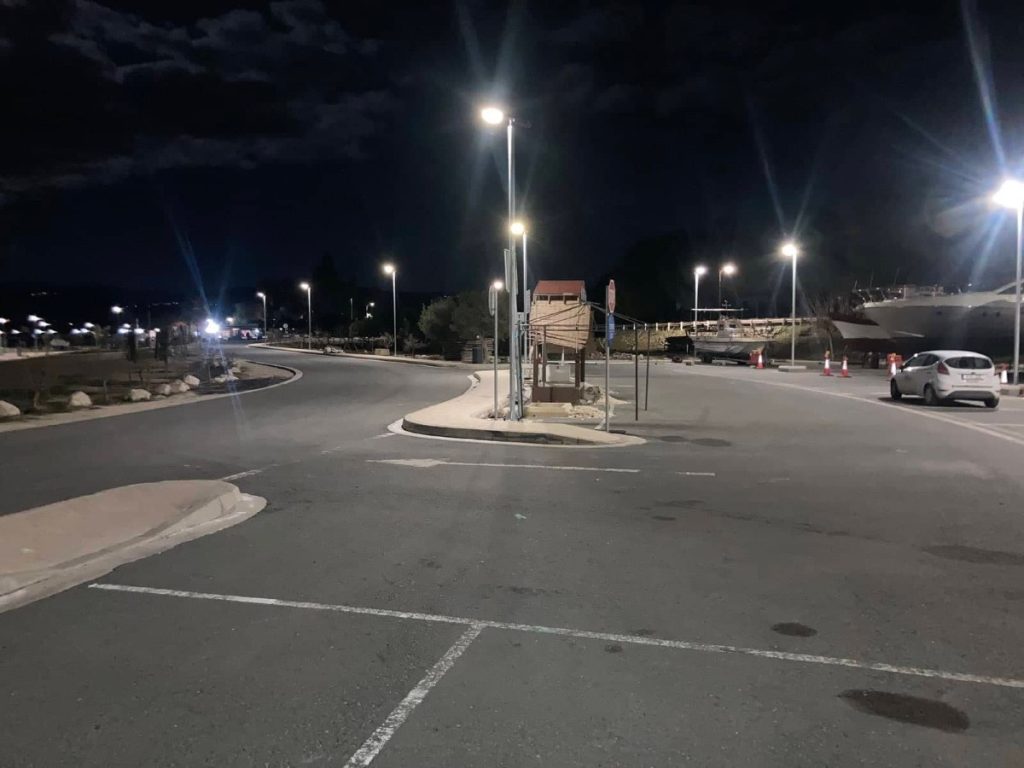
3. Contribution to the use of renewable energy
We hear the term “renewable energy” more and more often. Unlike fossil energy, which is a finite resource such as oil, coal and natural gas, renewable energy has three characteristics: it is not finite, it is ubiquitous and it does not emit (increase) CO2.
The use of renewable energy sources such as solar, wind, geothermal, hydroelectric, tidal, biomass and others to generate electricity is important because it helps reduce dependence on fossil fuels such as oil and natural gas. Fossil fuels are finite resources and emit greenhouse gases when burned. By using renewable energy sources, we can reduce our environmental impact and work towards a more sustainable future.
Perhaps the most familiar renewable energy source is the sun. The sun provides us with a free and virtually unlimited supply of energy that we can use.
Solar lights are a convenient and efficient way to harness the power of the clean sun to provide lighting. They are easy to install and require little maintenance, which means they can contribute to the use of renewable energy in a hassle-free, no-frills, easy-to-use approach.
4. Long lifespan
Solar lights are designed to last for many years, typically 5-10 years, with some models estimated to last up to 20 years or more. This is significantly longer than traditional electric lights, which typically need to be replaced after a few years of use.
The long life of solar lights is partly due to the fact that there are no bulbs or filaments to burn out or break. Instead, they use LED (Light Emitting Diode) technology, which is known for its long life and energy efficiency.
In addition to the long life of the lights themselves, solar lights require little or no maintenance, further extending their lifespan. There is no need to replace bulbs. And where possible, simply cleaning the solar panels from time to time will extend their life even further.
Because of their long life and low maintenance, solar lights are a cost-effective means of lighting and will provide stable illumination for years to come.

5. Maintenance free
Solar lights have no bulbs or parts to replace, saving labour, time and money on maintenance.
Conventional electric lighting requires regular bulb replacement in addition to the daily electricity bill. This is usually a labour-intensive process that requires working at height and can increase the overall cost of maintaining the lights. Solar lights, on the other hand, have no such replacement parts scheduled, so there is no maintenance to consider.
The absence of light bulbs also means that solar lights are less likely to break down or stop working as there are no parts to burn out or wear out over time. This provides peace of mind and ensures that the lights work reliably.
Overall, solar lights provide a convenient and hassle-free lighting solution with low maintenance requirements. No special skills are needed to install them and they require little ongoing maintenance, saving you time and money in the long run.
On the downside, if you make your income from the simple and inefficient task of regularly changing light bulbs, you may find yourself out of a job.
Unless you make money from the replacement of the bulbs, the solar light should be welcomed.
6. Easy installation and relocation
One of the advantages of using solar lights is that they are easy to install and move. As solar lights do not require any wiring or electrical work, they can be easily installed wherever there is sufficient sunlight.
To install a solar light, simply place it in a sunny location and make sure the solar panel is facing the sun. Some solar lights may require assembly, but this is usually a simple process requiring no special tools or skills.
As well as being easy to install, solar lights are also easy to move if required. If you want to move the lights to a different location, simply lift them up and move them to the new location. This makes solar lights a convenient and flexible lighting solution that can be easily adapted to changing needs.
In this way, solar lights are easy to install and move, making them a convenient, hassle-free lighting solution for any location where sunlight is available.
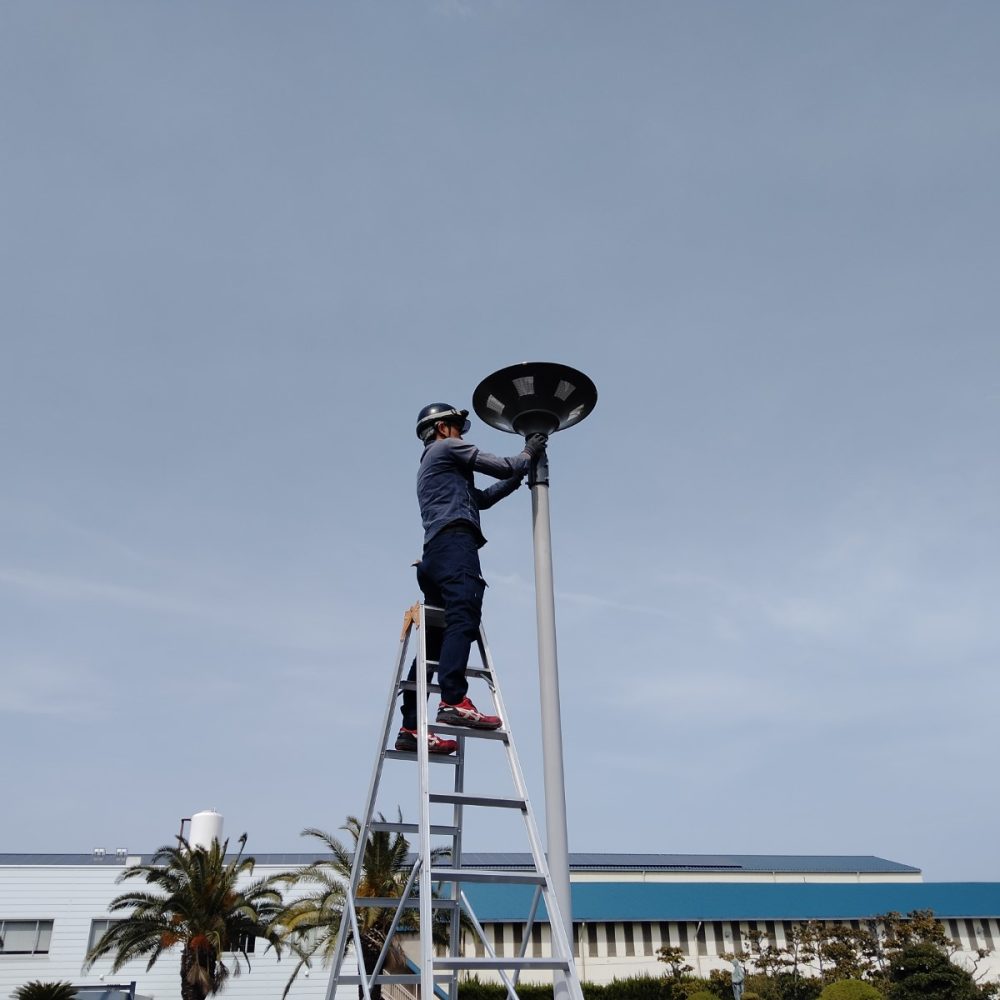
7. High safety
There is no risk of fire or electric shock with solar lights. This is because solar lights require no wiring or electrical work. This means that unless they are deliberately dismantled, there is no risk of injury from touching live electrical components that could cause a fire or electric shock hazard.
In contrast, conventional lights require wiring and electrical work to install and can pose a risk of electrical fire or shock if not installed or maintained properly. Solar lighting eliminates these risks and provides a safe and reliable means of lighting.
In addition to the safety benefits, solar lighting can also provide peace of mind as you don’t have to worry about the risks associated with traditional electric lighting. Although not widely used, solar lights are safe to use in the home, even with children and pets, as there is no risk of burns from touching the lights.
All in all, the absence of electrical fire or shock hazards makes solar lights a safe and reliable means of lighting in all areas, even for those with limited electrical knowledge.
8. Providing the light in disaster
Many people are only concerned about the installation and maintenance costs of solar lights.
Some people think that the initial cost of solar lights is not advantageous because of the expensive batteries.
However, those who only look at the cost overlook one of the most important benefits of solar lights. One of the advantages of solar lights, which often goes unnoticed in normal times, is that they can function during power outages.
Because solar lights use energy from the sun to power their light, they do not need electricity from the grid. This means that they will continue to operate during a power outage, providing lighting in emergency situations.
Power outages can occur for a variety of reasons, including storms, natural disasters and grid failures. During a power outage, traditional electric lights may not work, which can be inconvenient and dangerous. Solar lights, on the other hand, provide free lighting even in these situations.
In this case, it is perfectly reasonable to consider solar lights as the primary source of lighting in places that could become disaster preparedness centres, such as parks.
In addition to providing lighting during power outages, solar lights can also provide convenient and reliable lighting in areas where the electricity grid is unreliable or non-existent. This includes remote and developing countries with limited electricity supply.
In fact, in underdeveloped areas of Africa, it is not uncommon for the electricity supply to be inadequate and for street lights in towns to be left unpowered in favour of domestic lighting. In these areas, solar lights are an easy and practical lighting solution to install.
Solar lights can also function during power outages, making them convenient and useful lighting in all locations, including areas with unreliable electricity.
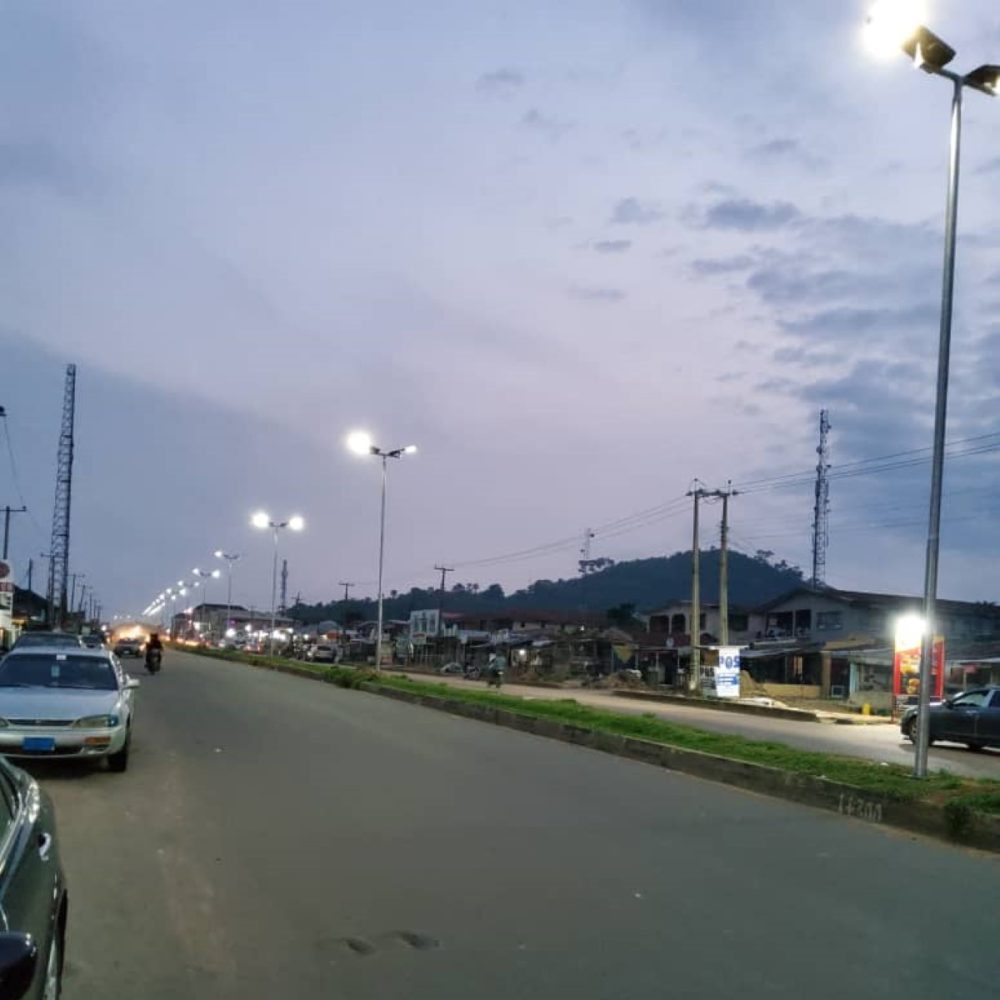
9. Increase crime deterrence
Outdoor lighting is an effective way to reduce the risk of crime, and solar lights are a convenient and easy way to implement this lighting. Intuitively, few criminals like to commit crimes in well-lit areas. By brightly illuminating your outdoor space, you can deter potential criminal activity and make your home, office or factory less attractive to criminals.
Studies have also shown that criminals are less likely to target well-lit, visible areas, so well-lit areas are less likely to experience crime. Solar lighting requires no wiring or electrical work from a commercial power source, making it easy for anyone to provide lighting.
Outdoor lighting contributes to safety and security as well as deterring crime. Lighting outdoor spaces can increase safety and security at night.
Overall, the use of solar lighting can reduce the risk of crime and provide a sense of security in outdoor spaces.
10. Increase property value
Solar lights can easily create a decorative and aesthetic ambience and enhance the look of an outdoor space. There is a wide variety of solar lights available and if you look hard enough you will find the right product for your needs and preferences.
Common types of solar lights that can enhance the look of your outdoor space include
Decorative: These decorative lights can be used to add ambience to your outdoor space. Available in a variety of colours and styles, they can be used to illuminate a pond, trees or to create a bright atmosphere.
Path: Typically used to light walkways and garden paths, they come in a variety of styles including traditional and contemporary.
Wall mounted: Mounted on a wall, they can be used to illuminate a path for homeowners or guests, or to highlight a particular part of the house.
In addition to these types of lights, there are many other styles available, including hanging lights, floor lights and more. This means you can find the solar lights that suit your specific needs and preferences and enhance the look of your outdoor space.
With the wide range of styles and designs available, solar lights can be a versatile and beautiful means of lighting any outdoor space.
Solar lights come in a variety of shapes, sizes and styles so you can find a design that suits your specific needs and preferences.
Some common design principles for solar lights are
Traditional: Focusing on a classic, nostalgic look, some are made from materials such as metal or glass.
Modern: Sophisticated and contemporary in appearance. Some are made from materials such as plastic or stainless steel, with an emphasis on a progressive look.
Rustic: Some are made from materials such as wood or stone and aim to be at one with nature.
Design: Designed for decorative appeal, they are often used to add ambience to outdoor spaces. Many come in a variety of colours and shapes.
Installing solar lights can increase the appeal of your outdoor space and add value to your home by increasing security. Solar lighting is becoming increasingly popular and is seen as a desirable feature by many homebuyers.
Homes with solar panels or other solar features are more attractive than those without and sell for more on average. In addition, the use of solar energy will make homes more attractive to environmentally conscious buyers, who will also perceive the savings of having access to lighting without the cost of electricity. This subjective sense of superiority will also increase the value of the home.
The use of solar lighting will increase the attractiveness of the home in objective terms, such as improving the appearance of the outdoor space and increasing safety.
Not only that, but it also increases the subjective appeal of the home by giving you the satisfaction of using free lighting and helping to improve the global environment. This subjective satisfaction can only be felt by those who have actually installed solar lighting.
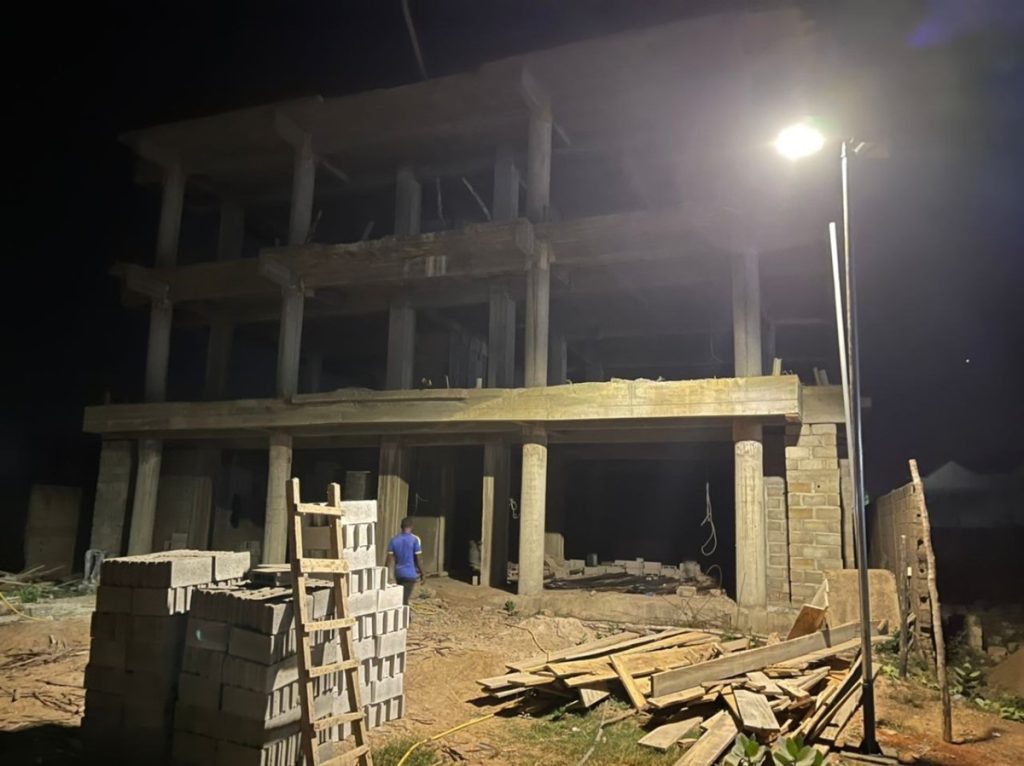
11. Others
Many countries offer rebates or tax credits for solar lighting
Many countries offer rebates or tax credits for solar lighting as a way to encourage the use of renewable energy and reduce greenhouse gas emissions. These incentives can help to offset the initial cost of installing solar lights and make them more affordable for individuals and businesses.
Some common types of incentives for solar lighting include:
- Rebates: Rebates are direct financial incentives that can be applied to the cost of installing solar lights. These rebates are often offered by utilities or governments and can be a significant help in reducing the overall cost of installing solar lights.
- Tax credits: Tax credits are credits that can be applied to your tax bill and reduce the amount of taxes you owe. Many countries offer tax credits for solar lighting as a way to encourage the use of renewable energy.
- Grants: Grants are financial awards that are given to individuals or businesses to help fund a specific project. Some countries offer grants for the installation of solar lighting as a way to encourage the use of renewable energy.
Overall, the rebates, tax credits, and grants that are available for solar lighting can help to make it more affordable and encourage the use of this sustainable and clean energy source.
Conclusion
Here is a recap of the top 10 benefits of using solar lights:
- Reduction of energy bills: Solar lights do not require electricity from the grid, which means you will not have to pay for electricity to power your lighting.
- Reduction of greenhouse gas emissions: Solar lights do not produce greenhouse gas, which makes them a clean and sustainable energy source.
- Contribution to the use of renewable energy: Solar lights use the sun as an energy source, which is a renewable and sustainable energy source.
- Long lifespan: Solar lights have a long lifespan, with some models estimated to last for up to 20 years or more.
- Maintenance free: Solar lights do not have bulbs or parts that need to be replaced, which can save you time and money.
- Easy installation and relocation: Solar lights do not require any wiring or electrical work, which makes them easy to install and relocate.
- High safety: Solar lights do not have live electrical components, which means they do not pose any risk of electrical fires or shock.
- Providing the light in disaster:Even in the event of a disaster that ruins the power transmission system, solar lights provide lighting at no cost.
- Increase crime deterrence: Outdoor lighting can be an effective way to reduce the risk of crime, and solar lights are a convenient and sustainable way to provide this lighting.
- Increase property value:Installing solar lights can increase the value of a home by making it more attractive to potential buyers.
